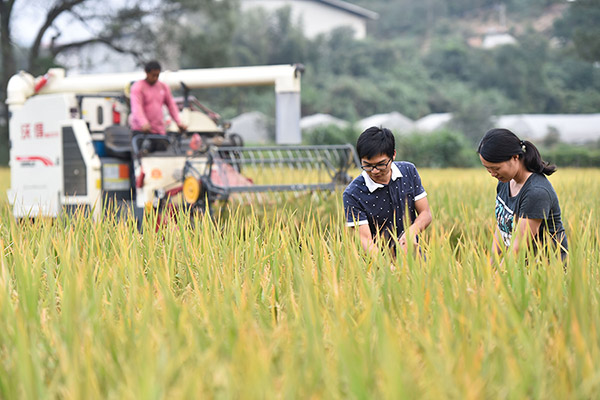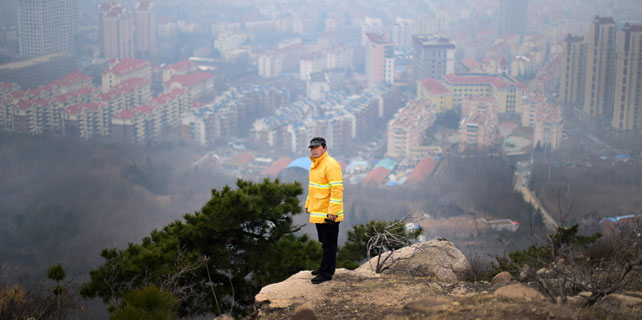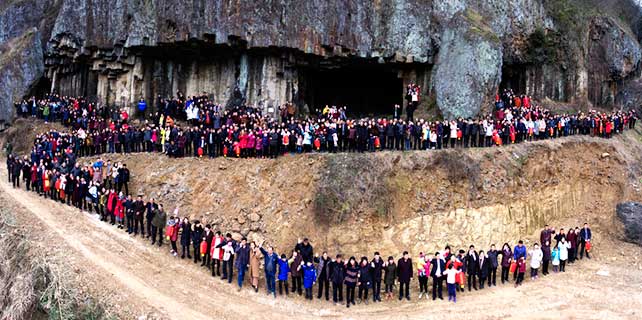Fresh drive sought for rural sector
 |
|
Farmers work in paddy fields in Shanghang county of Fujian province, Nov 8, 2106. [Photo/Xinhua] |
Government's first policy document of 2017 focuses on improving agriculture
The development of new industries and new types of operations is to be encouraged to bring fresh momentum to China's agricultural sector, according to the government's first policy document of 2017.
This is the 14th consecutive year in which the document, issued annually by the Central Committee of the Communist Party of China and the State Council, has focused on rural issues.
China will seek to expand the industrial and value chains of the agricultural sector and enable science, technology and innovation to be the driving forces in the development of modern agriculture, according to the document released on Sunday.
It also called for improvements in the output from arable land, labor productivity and utilization of resources for the sector.
"Traditionally, an increase in farmers' incomes could be achieved with rural subsidies from the government and the use of pesticides and fertilizers. But now, that is no longer applicable," said Huang Hanquan, director of the National Development and Reform Commission's Research Institute of Industrial Economy and Technical Economy.
The central government announced an end to the floor price for corn in March last year and is also considering adjustments to the minimum purchasing prices for wheat and rice.
Huang said there is already a huge gap between the price of domestic and imported produce for agricultural products, which means there is little room to increase farmers' incomes.
"That's why we need to encourage the development of rural tourism and rural e-commerce, industries that can bring about other income channels for farmers," he said.
Like last year, the policy document stressed the importance of supply-side structural reform in the agricultural sector, to optimize the production and industrial structure and boost efficiency.
China's grain output dropped 0.8 percent year-on-year in 2016, ending a 12-year rising streak. However, the country still has a huge combined grain reserve, estimated to be the largest in the world.
The document said the major problems facing the agricultural sector are structural, mainly on the supply side.
Tang Renjian, deputy director of the Central Rural Work Leading Group, the top rural affairs decision-making agency, told Xinhua News Agency that supply-side reform has only just started and that more policies are needed.
The document added that there are three bottom lines-no decline in overall grain production capacity, no change to the income growth trend for farmers, and no problems in rural stability.








